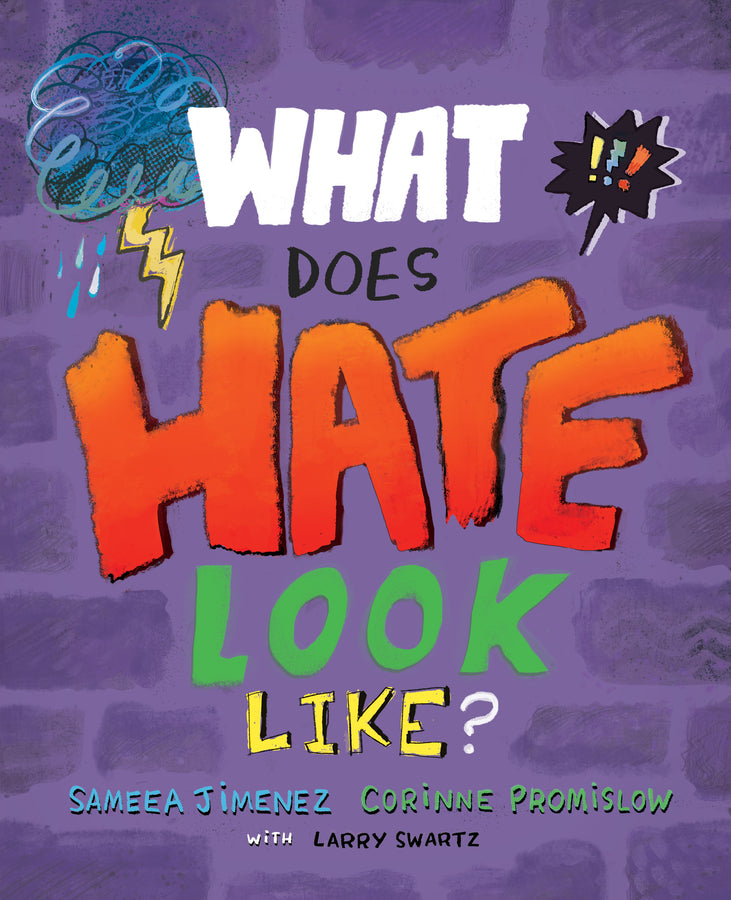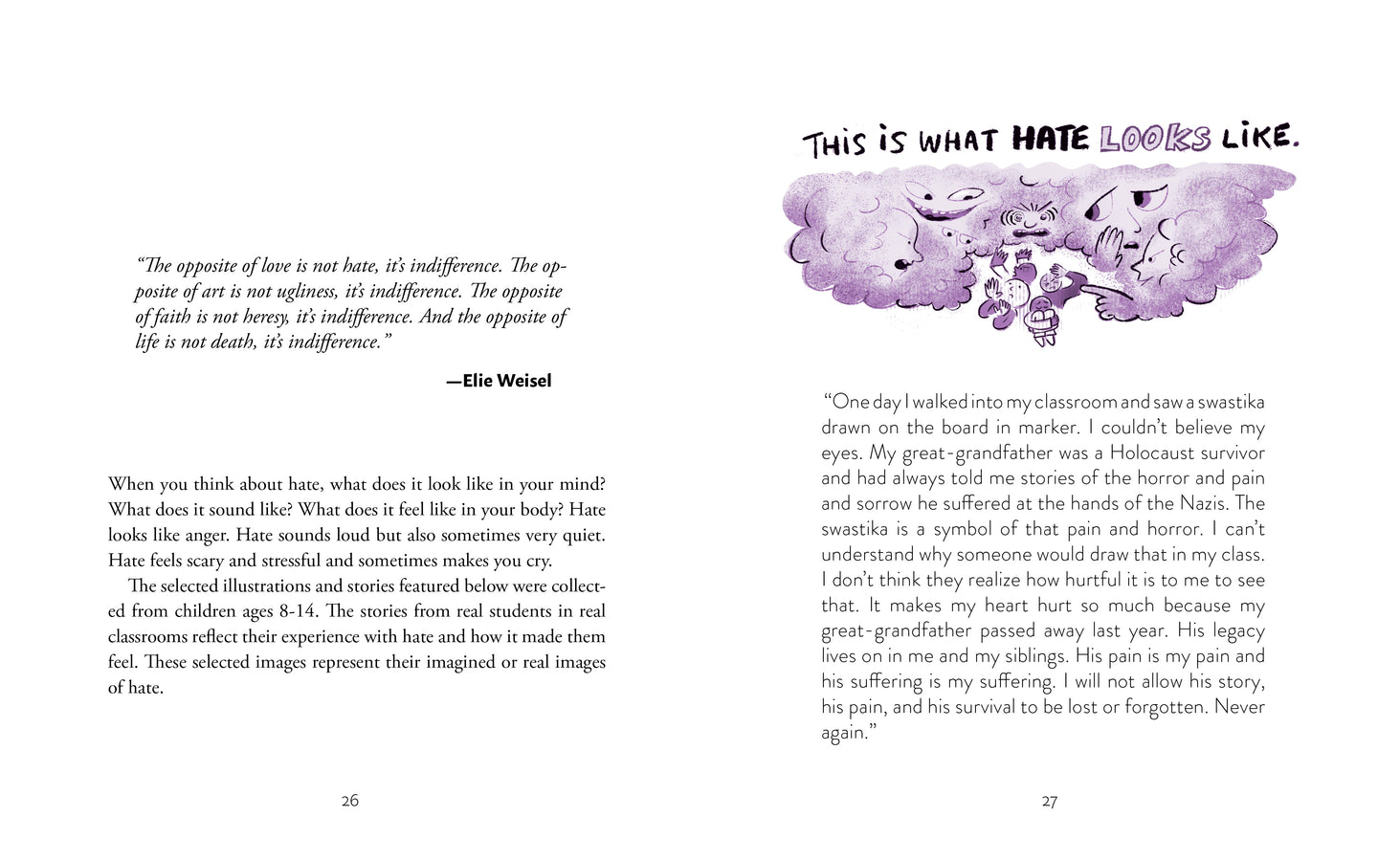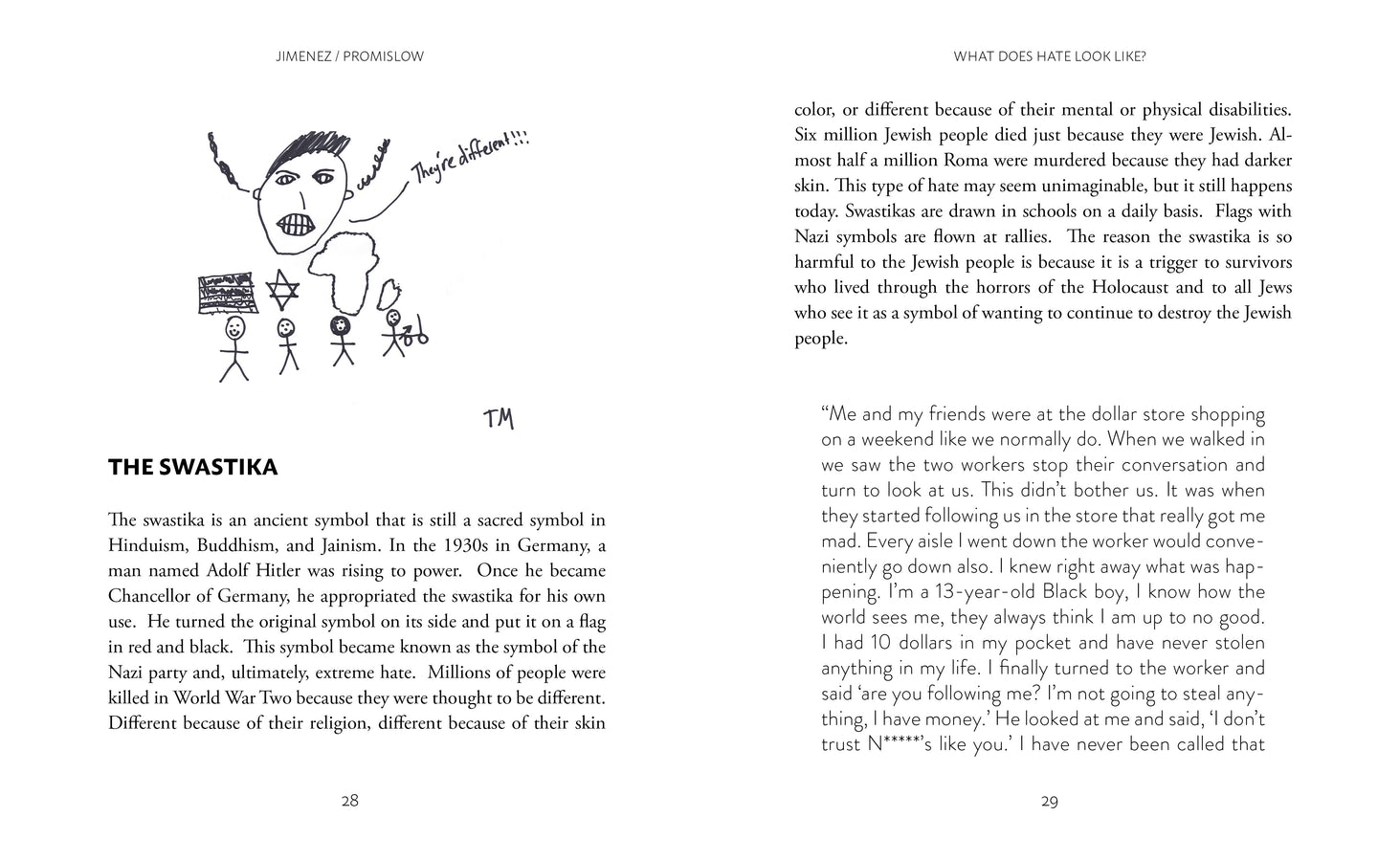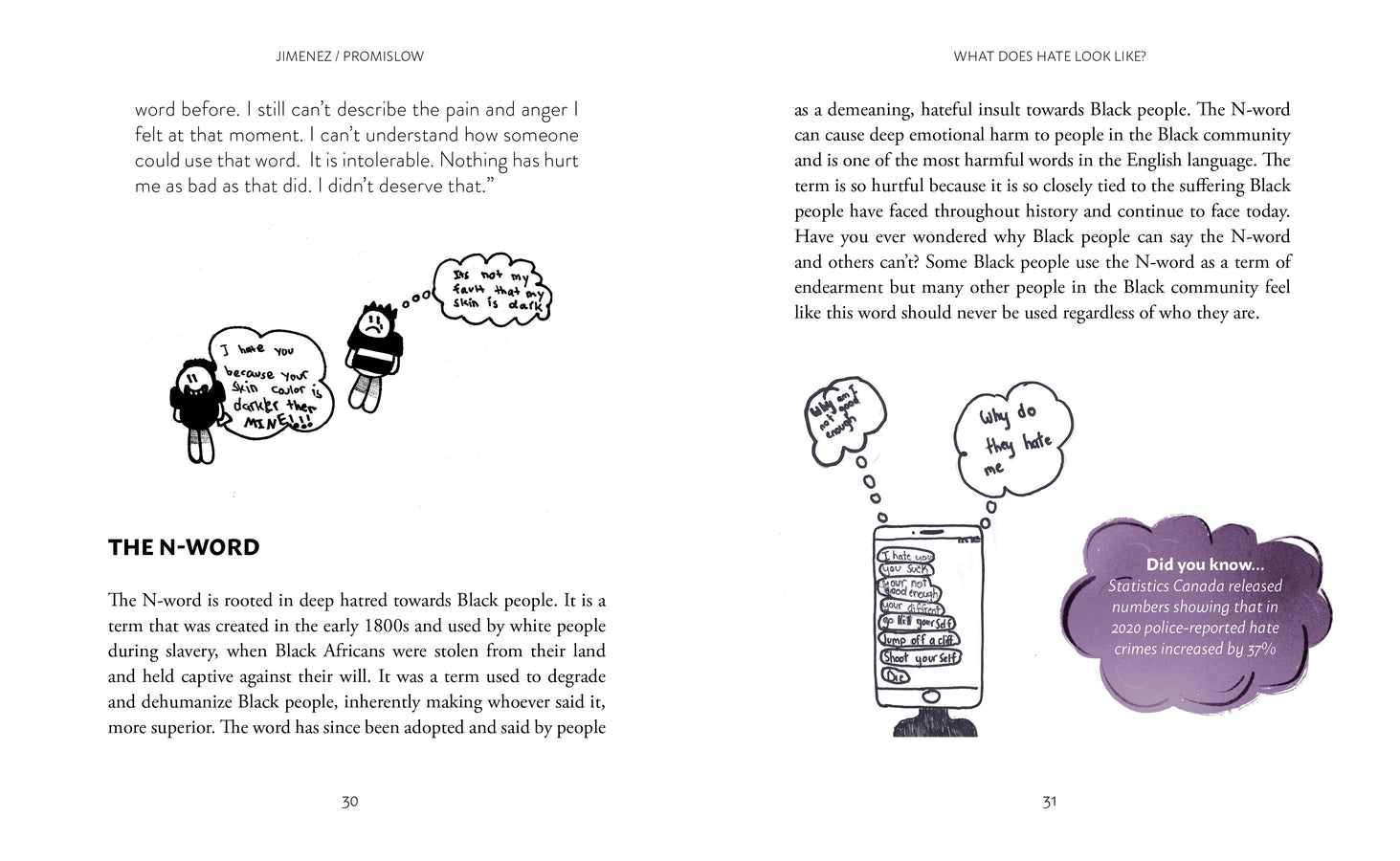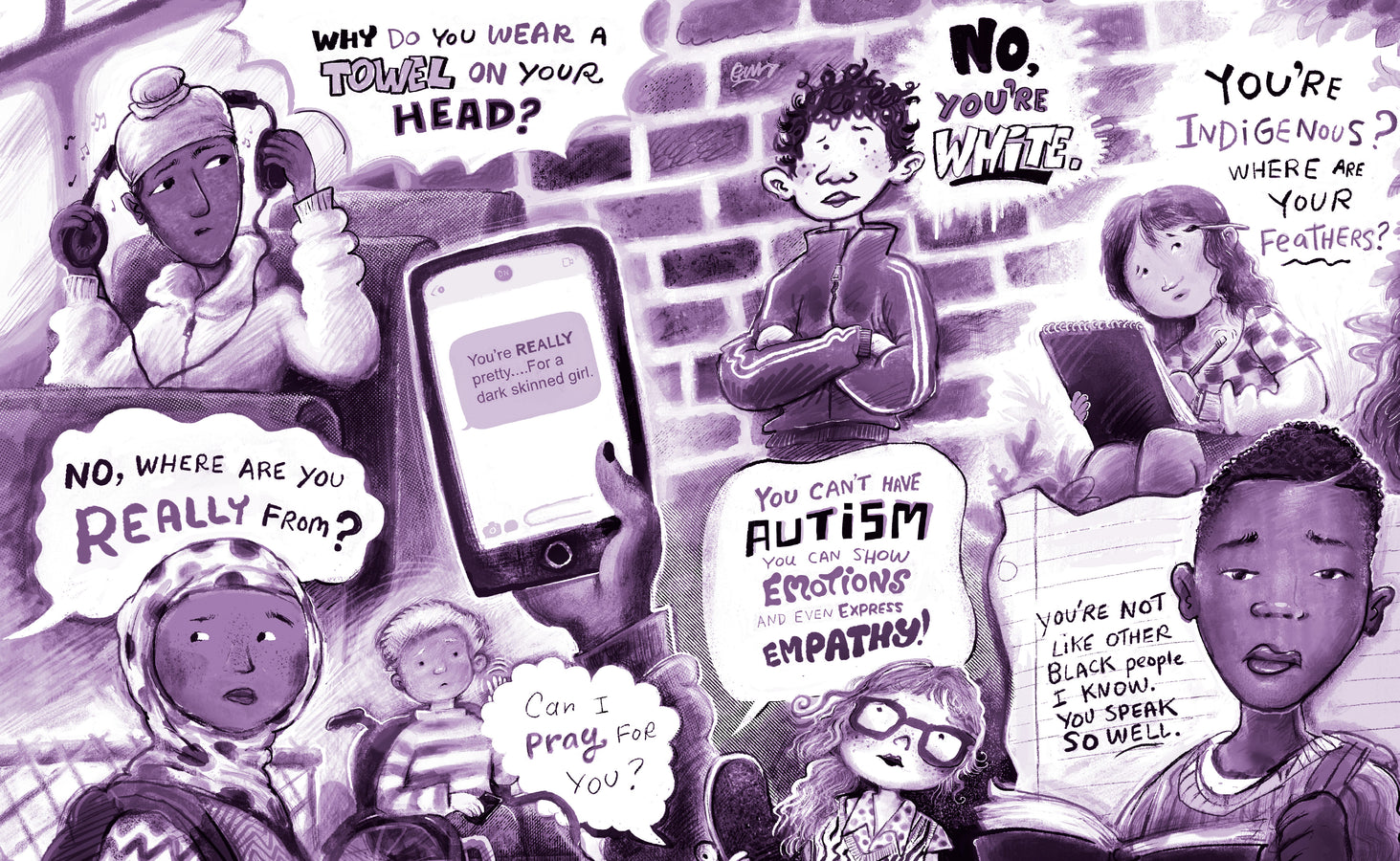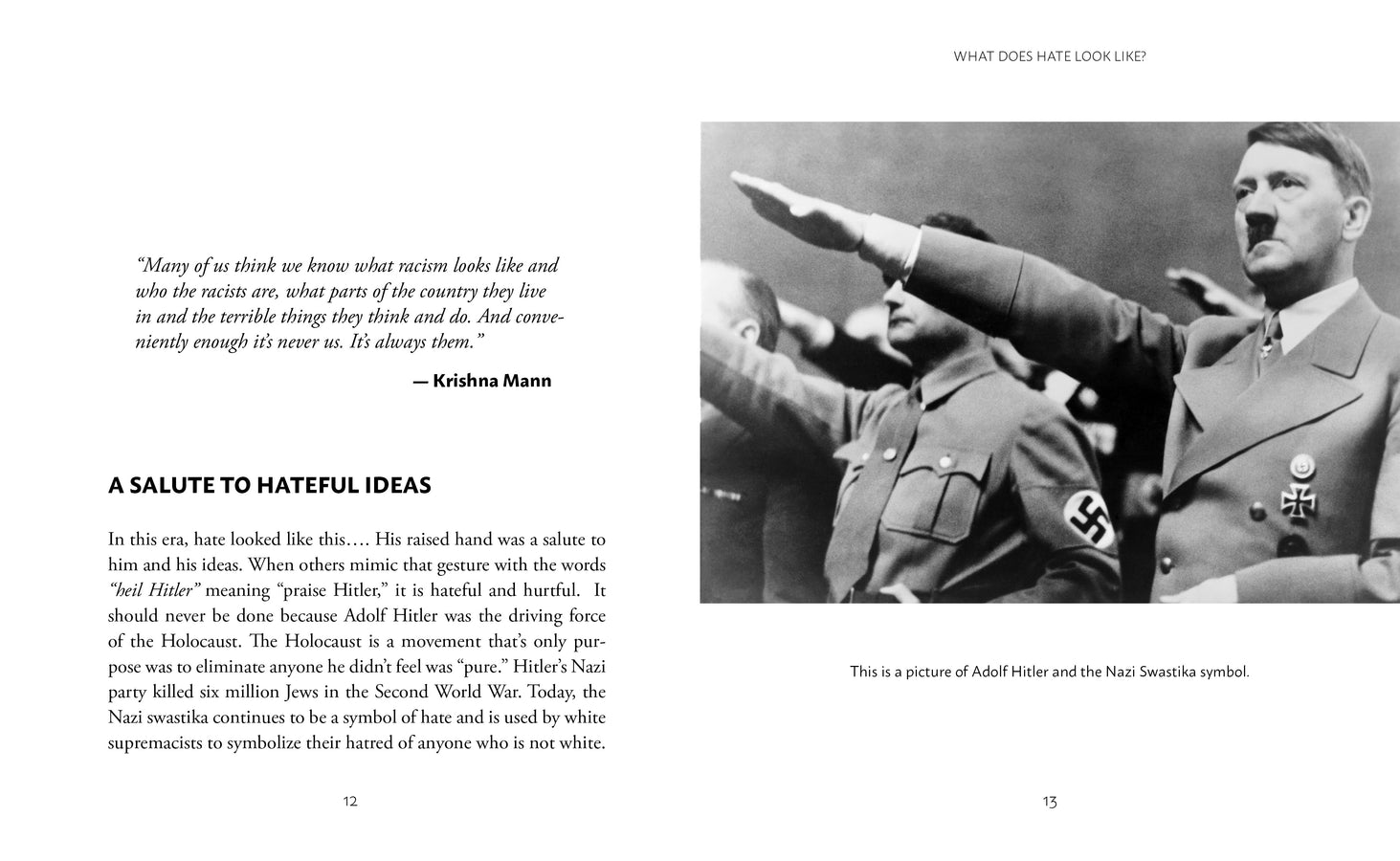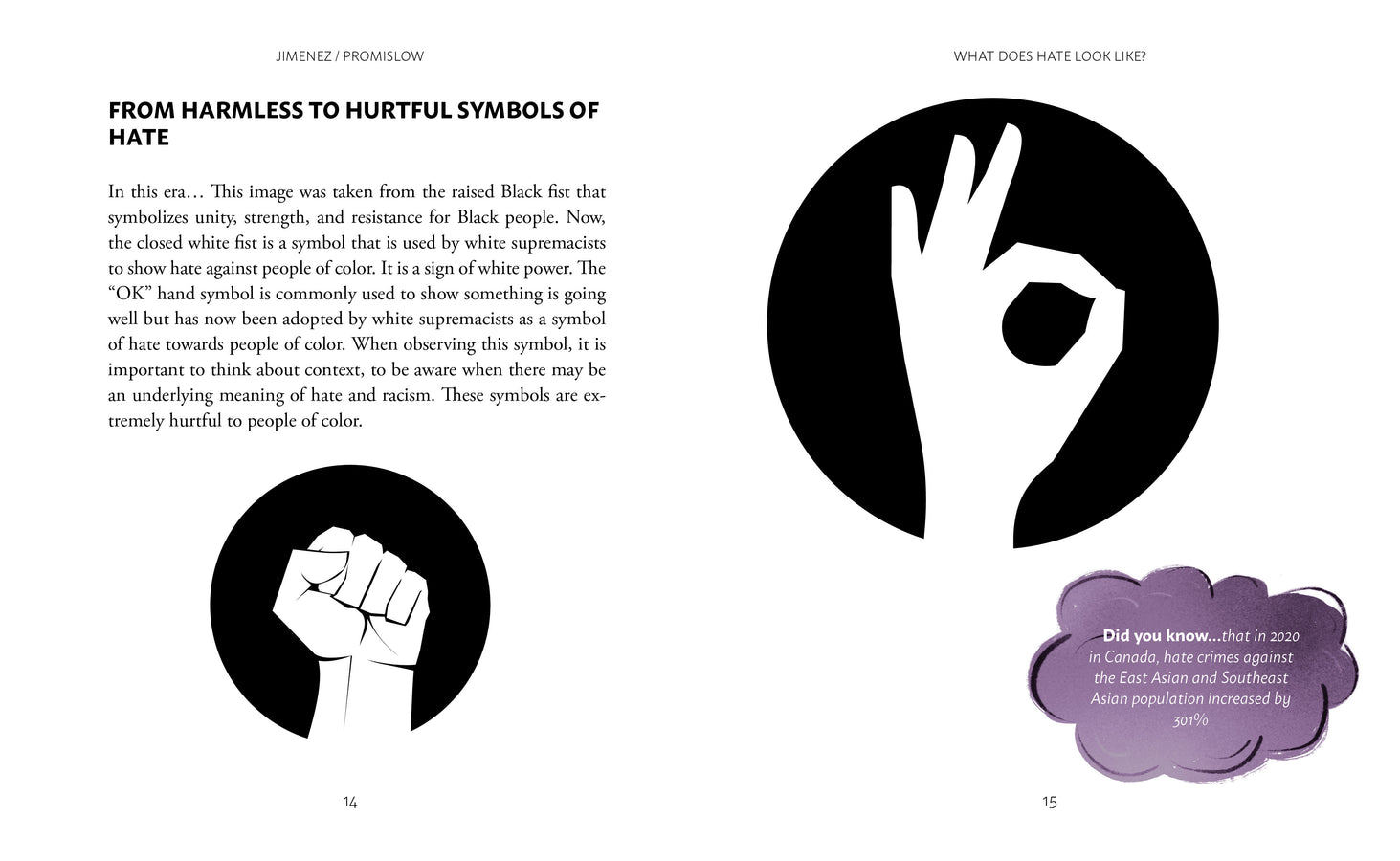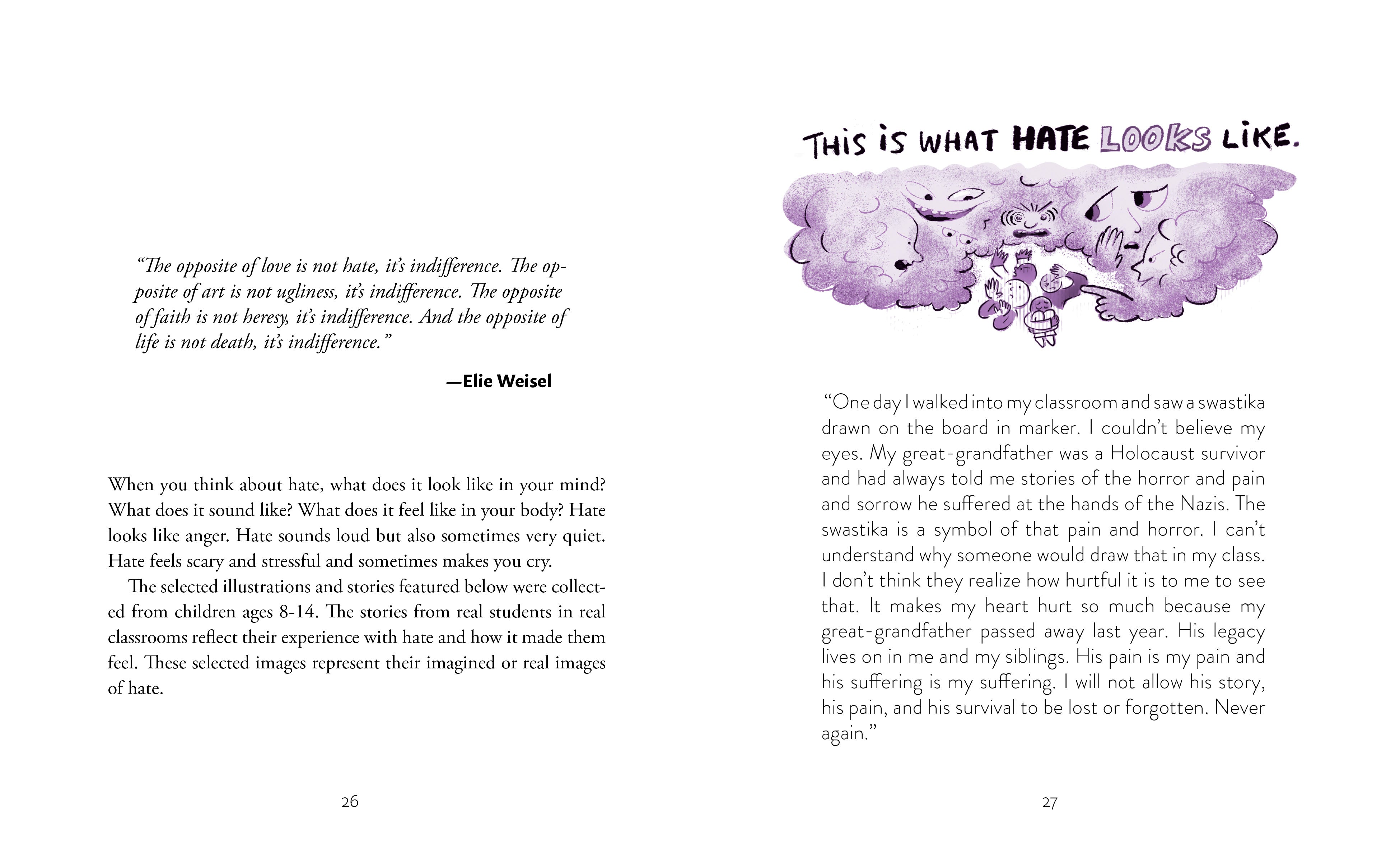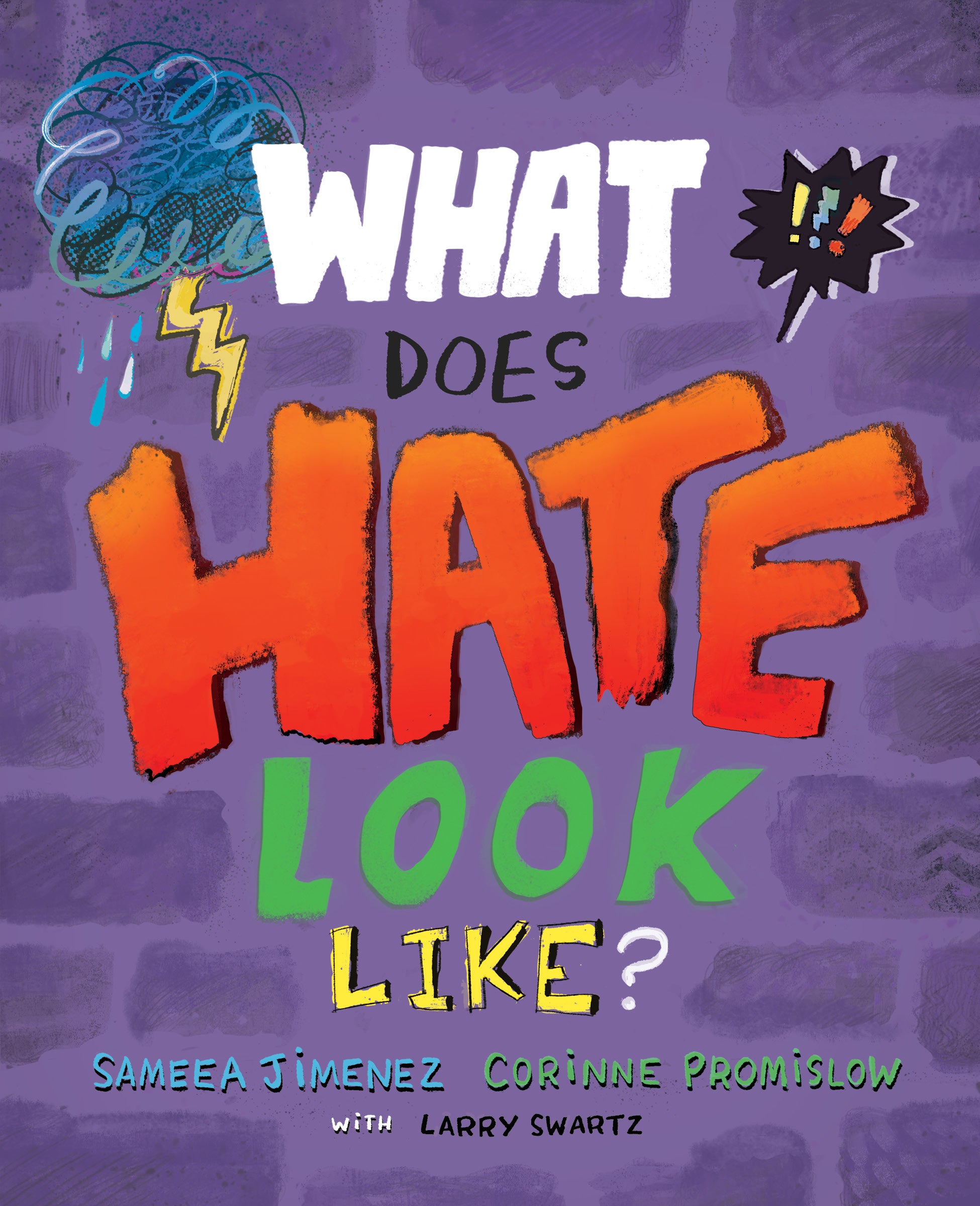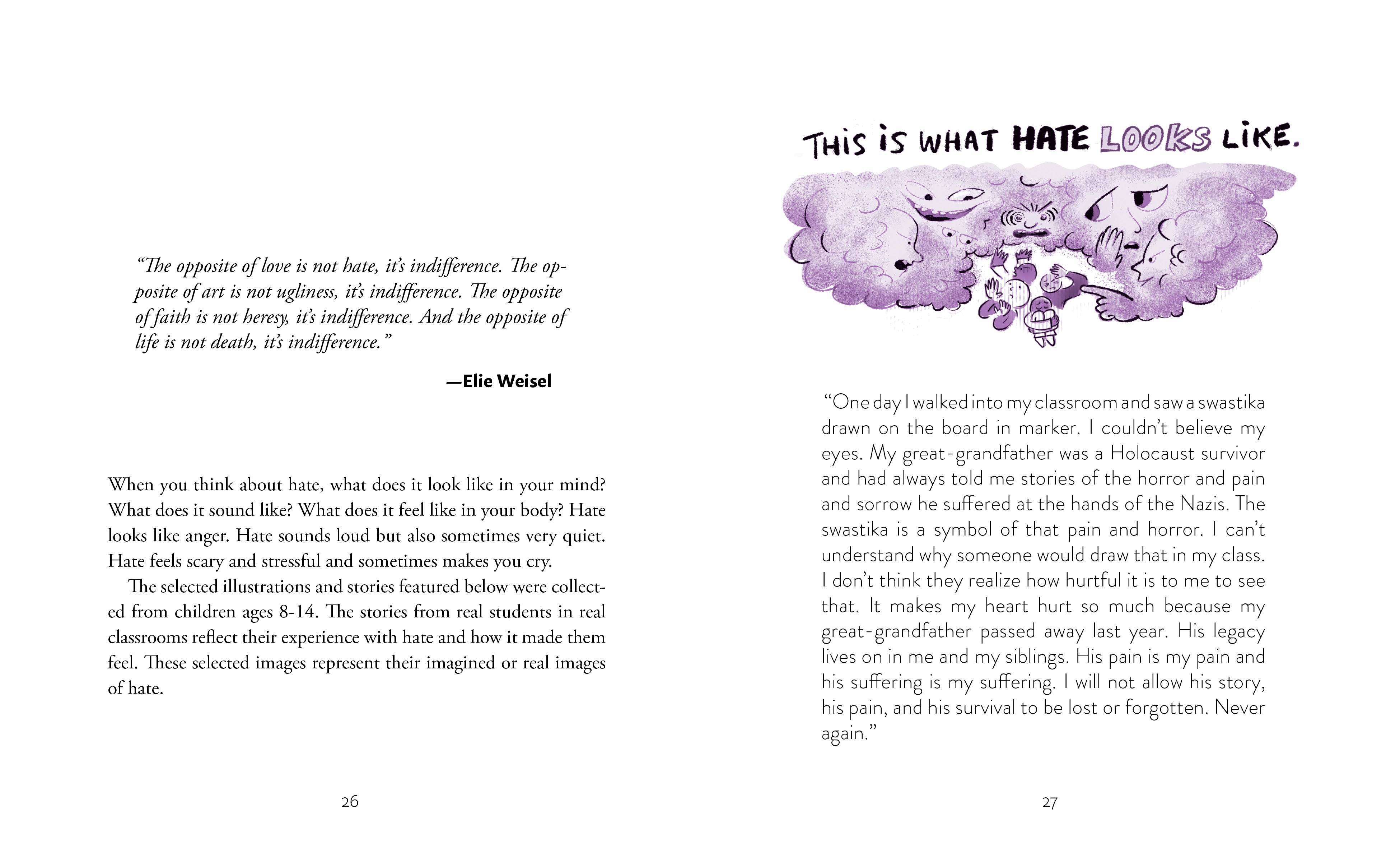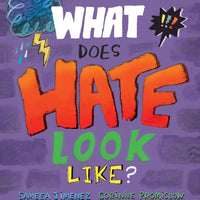
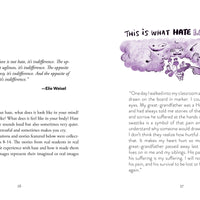
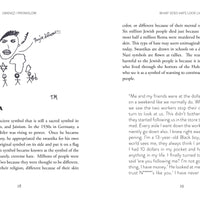
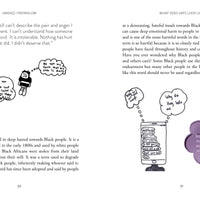
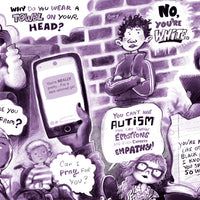
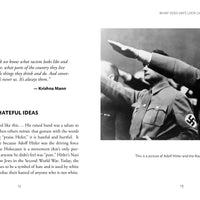
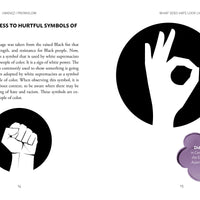
What Does Hate Look Like?
How do we face hate?
We use the word hate all the time—“I hate vegetables” or “I hated that movie!”—but what about the hate that actually hurts someone? There are words, symbols, ideas, beliefs, and actions that cause pain—to us, our friends, family, neighbours, and school mates.
What if you’ve caused that kind of pain yourself? Or what if you, or someone you know, has been the victim of hate so scary it made you want to cry?
Real kids from real classrooms share their stories here to help us to see the bias, prejudice, violence, discrimination, and exclusion around us—what hate looks like to them. Why? So we can stand against hate and never be the cause of it. And to show us how to cope and get support if we have been hurt.
By sharing our stories, we all become stronger. Our schools, neighbourhoods, and communities become safer and more kind, and hate doesn’t win.
Resources & Media
Praise & Recognition
"Jimenez, Promislow and Swartz share their own stories of how hatred affects us in society and in schools as well as the stories of kids in schools who have been both the victims and the perpetrators of hate-related incidents. They help us see how bias, prejudice, violence, discrimination and exclusion affect us all."
The Globe and Mail"What Does Hate Look Like? explores difficult topics with great sensitivity. This book is ideal for empathic education and exploring actionable, safe, and supportive ways to stand against hate. A thought-provoking examination of hate to prompt awareness and positive change."
Canadian Children’s Book News"A good resource for children. I can't recommend it enough. I think it's going to be a really important book."
CBC's The Next Chapter"This book succeeds in answering the question in the title…. Brave kids talk about experiences they had with hatred. Importantly, they talk about how these incidents made them feel—self-hatred, anger, confusion, humiliation, embarrassment, upset, invisible, etc. Victims, ‘upstanders’ and ‘people who hate’ can all learn about themselves and others from this book. If we want to be part of the solution, it’s good to learn about the problem.”
Library Bound"This book is ideal for empathetic education and exploring actionable, safe, and supportive ways to stand against hate. A thought-provoking examination of hate to prompt awareness and positive change."
Canadian Children's Book News“This book is a beneficial resource for kids, parents, and educators, and provides the chance to initiate conversations, so children can tell their own stories and come up with solutions.”
Calgary Herald"What Does Hate Look Like? explores a difficult and sensitive topic that continues to grow in its prevalence today. The storytelling format from the perspective of youth who have experienced hate enables young readers to become engaged in thought-provoking discussions that relate to their reality."
CM: Canadian Review of Materials"This book belongs in every school library and is a tremendous resource for students and teachers."
Children's Books HealDetails
Publication Date: March 7, 2023
Reading Age: 9 - 12
Genre: Children's Nonfiction
Product Format: Paperback
Pages: 110
ISBN: 978-1-77260-290-6
Weight: 200
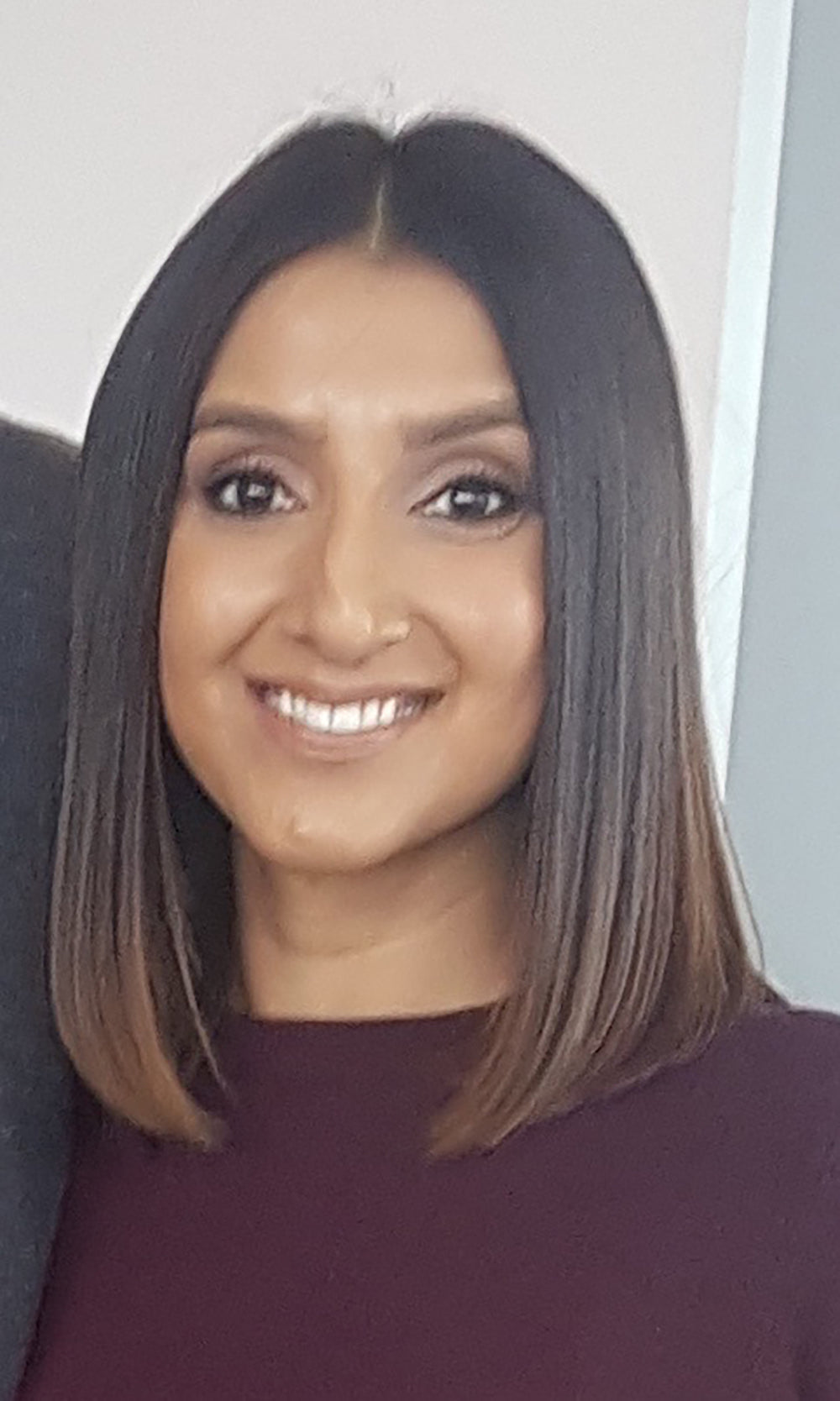
About the Author
Sameea Jimenez
Sameea Jimenez is an elementary educator in the Toronto District School Board. Her teaching is rooted in anti-oppression and anti-racism and is committed to challenging social norms and paradigms. Sameea specializes in social justice education and is an advocate for systemic change within educational institutions. She has created and facilitated professional development in the area of anti-racism and anti-discrimination for educators.
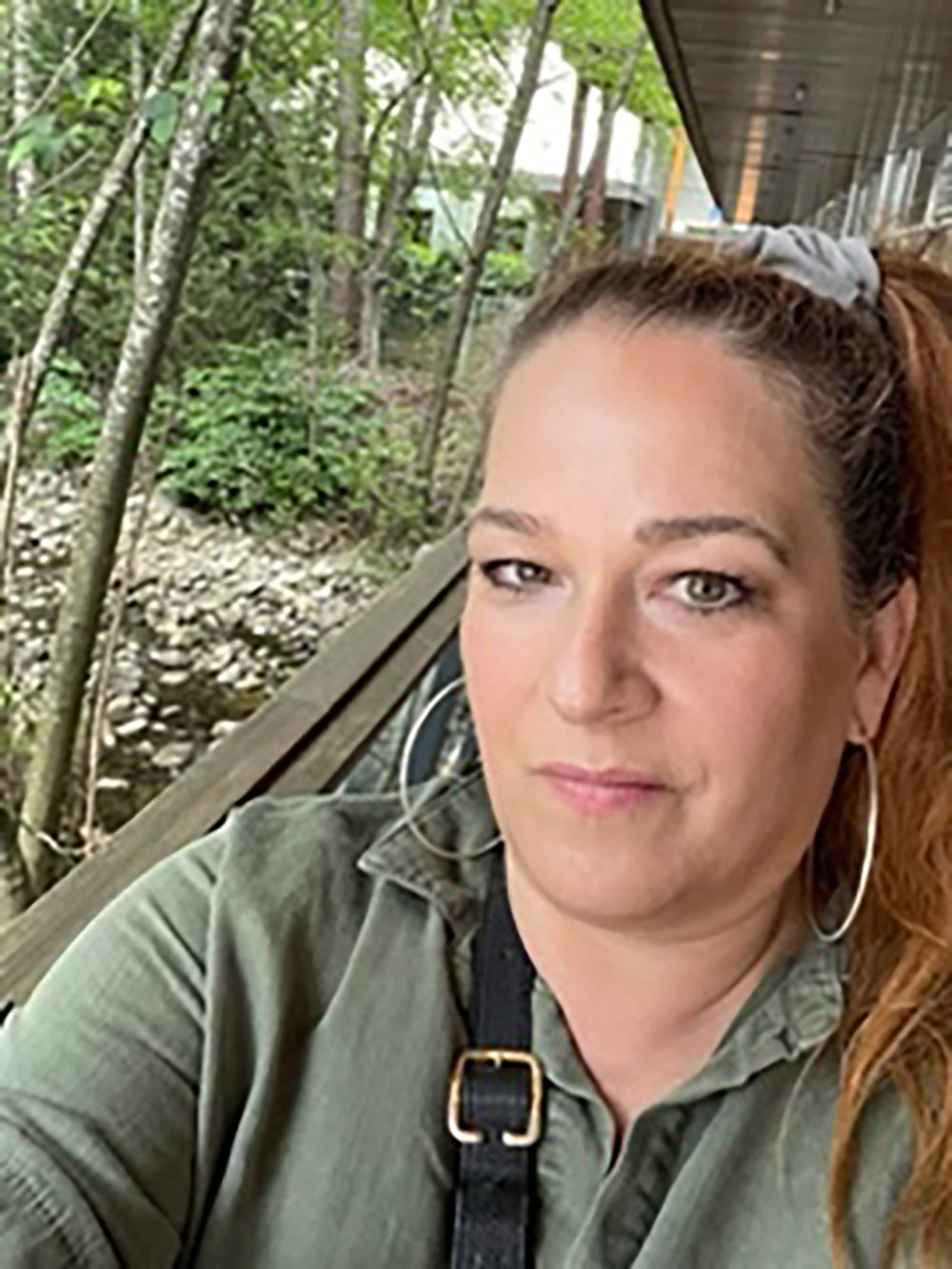
About the Author
Corinne Promislow
Corinne Promislow is a principal in the Toronto District School Board with over 28 years of teaching and administrative experience. Corinne is dedicated to creating a positive culture against all forms of hate and inequity in her work with students and educators. She has developed resources, provided professional development, and chaired committees to foster inclusion and anti-discrimination. Corinne lives and works in Toronto and enjoys spending time with her little dog Bean.
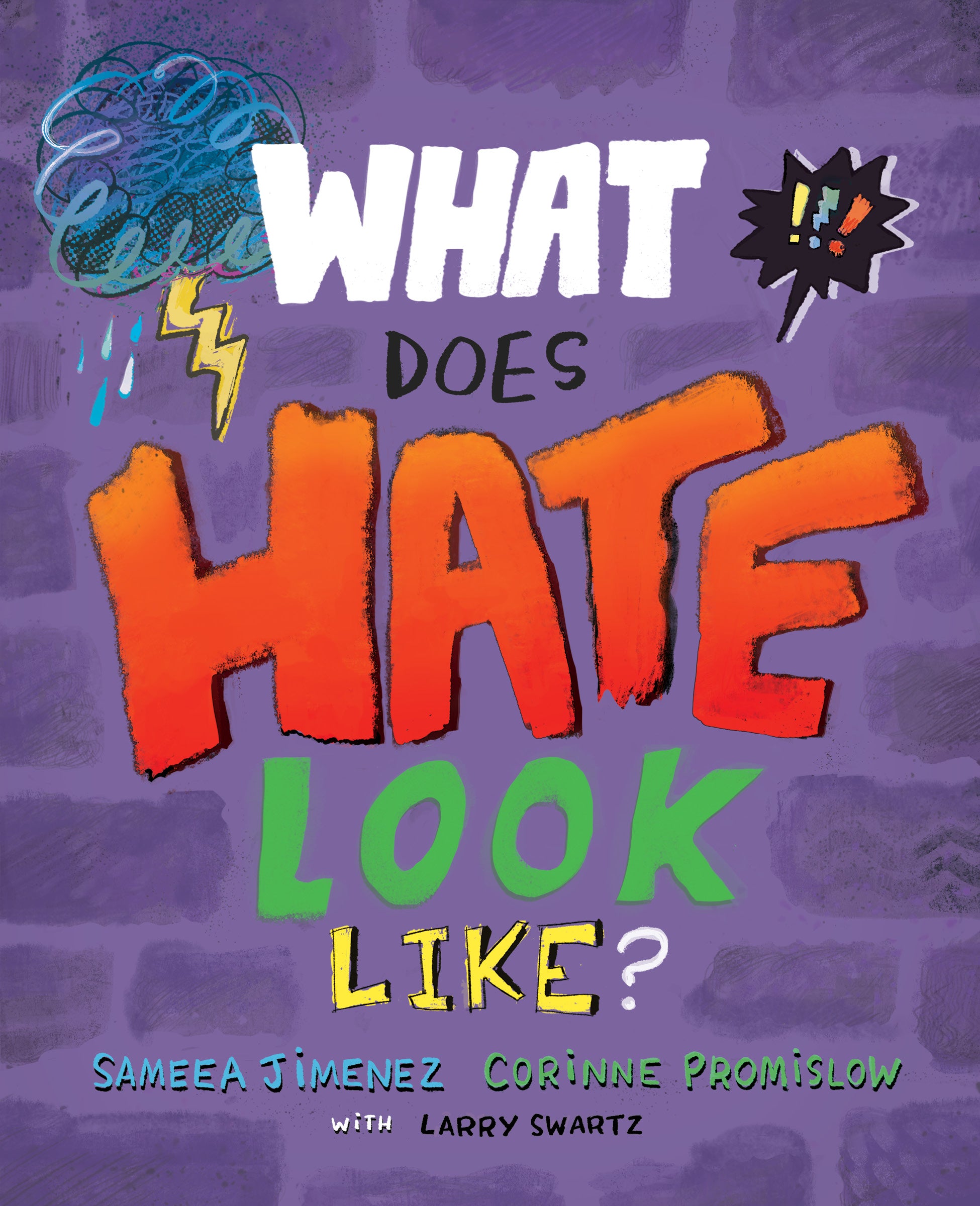
About
Larry Swartz
Larry Swartz is currently a literacy and arts instructor at OISE, University of Toronto. For the past 40 years Larry has worked as a classroom teacher, consultant and workshop presenter. Committed to helping teachers choose and use quality children’s literature across the curriculum to deepen understanding of social justice diversity and equity.
More from the author

